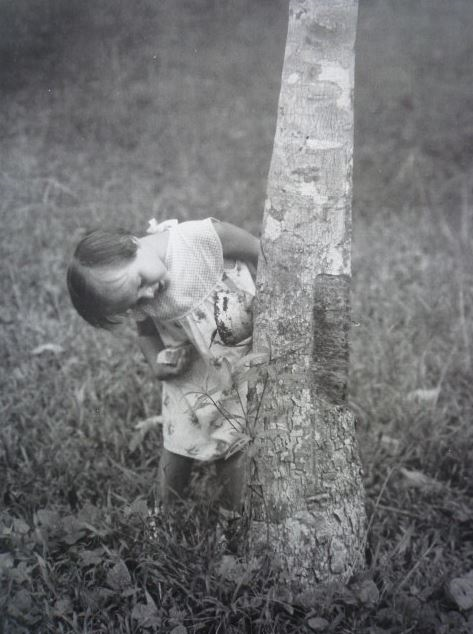Love Letters to the Natural World
One of the challenges in our season of writing was to create a love letter to something in the natural world, which had a particular impact on our writers. Who would have thought that we would get a love letter written to the oyster.
 |
| Photo credit: Jan Johan ter Poorten |
My Love of the Oyster
I have had a
relationship with many oysters in my life, but never more than when I worked
for the lyrically named Seasalter and Ham Oyster Fishery Company in Whitstable, Kent. This was not the classy seaside
resort it is now, but in the early 1970s it centred on a slightly run-down harbour
with a fishing fleet and small coasters bringing in goods from the continent. My working home there was the wooden oyster
company building, which was accessed by a track past the sheds where they boiled
whelks and cockles. The smell of the
boilers as well as the general smell of rotting shellfish bits in the piles of
shells was the aroma of productivity. I visited the place some years later and
started to write, but never finished, a poem about these sheds:
Old
frayed rope and flaking paint reinforces conviction
The
charm of this place is its sheer dereliction
Amidst tangled
chains and old oyster dredges
Lie rusty
winches and cracked wooden wedges
The
gulls on the roofs and the rats in the litter
With old
paint pots and shells just make it all fitter
But much as
I loved these tatty, wooden buildings, it was the native oysters that were
brought here from all over the country, cleaned, sorted and sold through
Billingsgate, that had my heart and my stomach.
Even in the 1970s, the native oyster was already becoming rare because
of overfishing, water pollution and disease, and was being replaced in the
trade by a sharp shelled, farmed and far less tasty Japanese Oyster. But this interloper could not rival the
bivalve I loved, which was flatter, rounder, whiter, fatter fleshed and tasted
so good alive and raw. Although I was employed
as a scientist, I was also a taster at times as, surprisingly, neither of the
two company directors seemed to like eating oysters. So, I was in my element! But unlike the
Walrus and the Carpenter, I sampled modestly and did not eat every one!
 |
| Source:
Myrabella |
So really, my love of the oyster, its shape and its taste are bound together with my love of the places where it lives and where it is prepared for trade. My doctorate was a study of another edible bivalve, a clam, which lived in mud. In the preface to my thesis I used a quote from J.A. Baker’s book, The Peregrine, which seemed to perfectly sum up my love of this habitat and its denizens, ‘Mud is another element. One comes to love it, to be like a wading bird, happy only at the edges of the world where land and water meet, where there is no shade and nowhere for fear to hide.’
Roger Mitchell


Comments